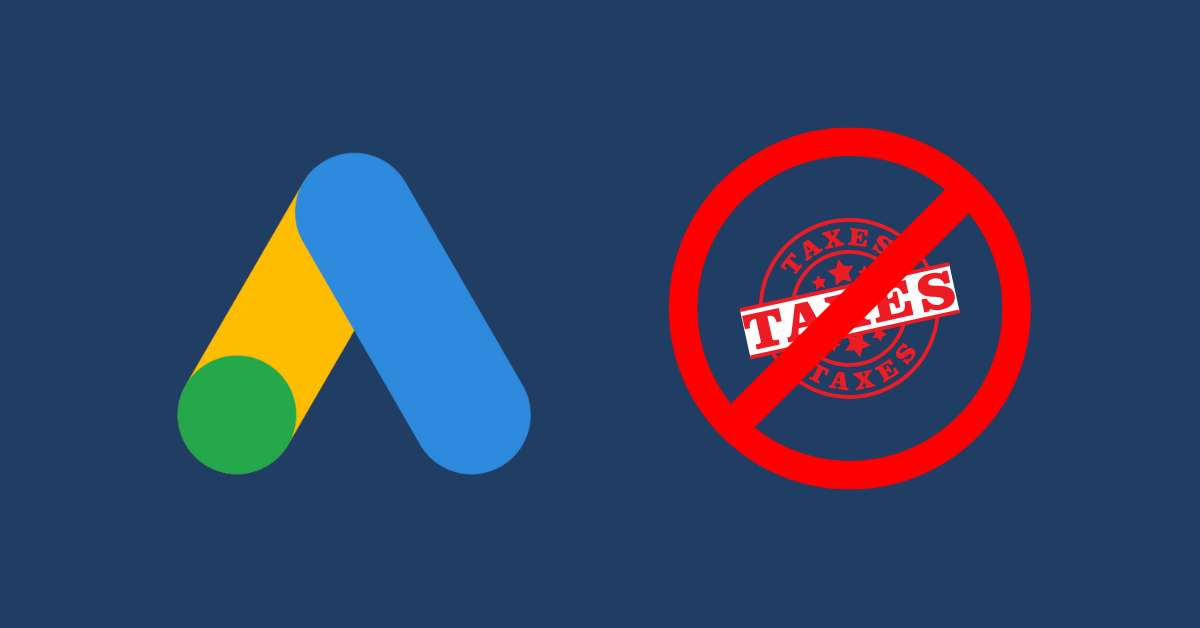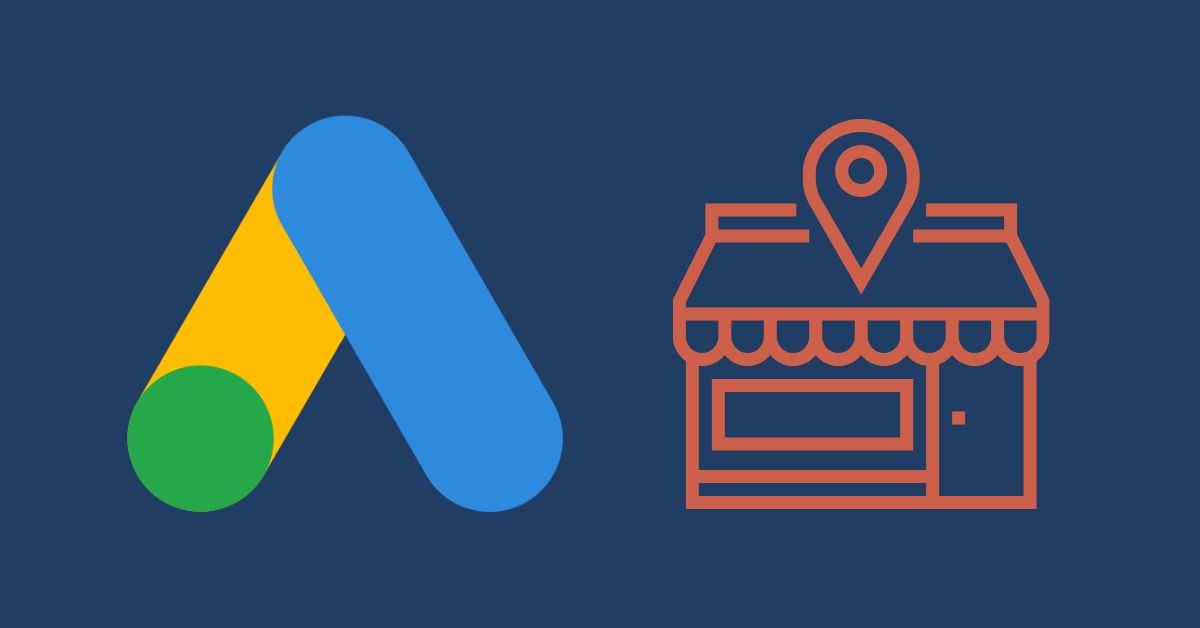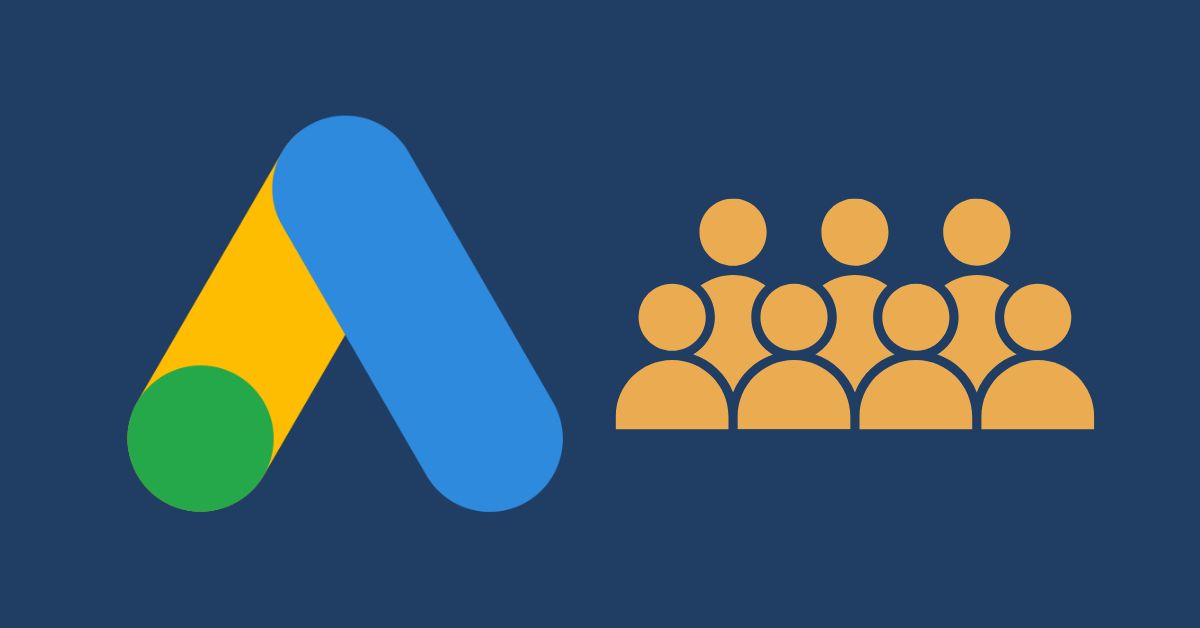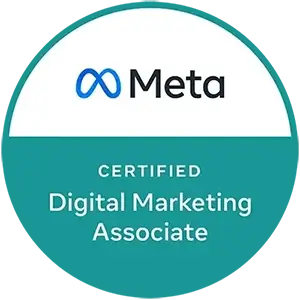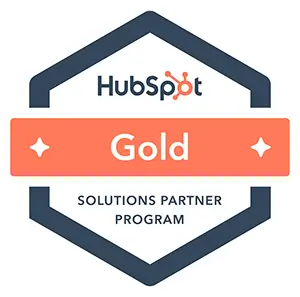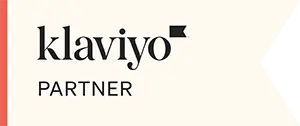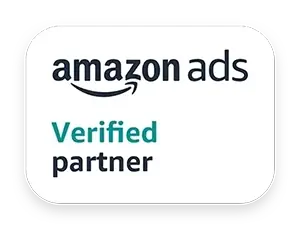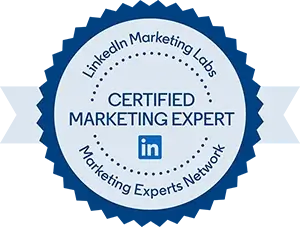The world of SEO is vast and can, at first glance, seem rather complex. However, by taking the time to delve into it, it becomes possible to better navigate and understand the fascinating universe it represents.
Do you know the differences between On-Page SEO , Technical SEO , and Off-Page SEO ? In this section, we'll first explain everything you need to know about On - Page SEO .
You will discover the secrets of a good SEO strategy , on everything that concerns the internal aspects of a website , in order to propel your online presence to the highest level !
The importance of on-page optimization and defining KPI indicators
On-page optimization is a crucial part of SEO. It involves optimizing each of a website 's internal elements , page by page , to make it more attractive to search engines. This approach includes optimizing titles, meta descriptions, content, tags, images, and much more!
In order to properly track the effectiveness of your on-page optimization efforts , it is recommended to define some key indicators , commonly known as KPIs ( Key Performance Indicators ). In this sense, Google recommends focusing on metrics that have a direct impact on your business objectives. For example, if your goal is to increase brand awareness, relevant KPIs could include organic visits, time spent on site, or bounce rate.
Titles and meta descriptions
Forming the basis of your internal structure, page titles ( Title ) and meta descriptions aim to provide search engines and users quickly looking at the SERP with a clear idea of what your page is about. They must therefore be both eye-catching and revealing of the content found there.
To give you a more concrete idea, it's worth noting that HubSpot suggests, for example, keeping your titles between 50-60 characters and your meta descriptions between 150-160 characters. So, for a web page offering running shoes, a good title could be " The Best Men's Running Shoes - Your Shop ", while the meta description would be " Comfortable, durable and stylish, our men's running shoes are perfect for all your sporting activities. Come and discover them! "
H1, H2, H3 tags
Header tags ( Hn) are used to efficiently structure the content of each page of your website . As part of the HTML code , they allow readers, as well as search engines, to quickly understand the essence of the content on your page.
When it comes to Hn markup , we mainly find:
- the H1 tag , which represents the main title that will be visible on the page, at the top of the article;
- H2 tags , which are actually subtitles highlighting the topics covered on your website page;
- as well as the possibility of adding H3 tags or even H4 tags (rarer), constituting subdivisions of the subtitles of your text content.
For example, in a blog post about Italian cuisine, a good structure might look like this:
- H1 (title): “Italian cuisine: discovering flavors”;
- 1st H2 : “The history of Italian cuisine”;
- 2nd H2: “ The main ingredients used in Italy”;
- 3rd H2: “Popular recipes from Italian cuisine” .
Image optimization
Did you know that images can be a powerful SEO tool if used correctly? For On-Page SEO To be effective, Google recommends reducing image file sizes (without sacrificing quality), using alt text to describe the image, and using descriptive file names that align with your keywords.
For example, for an image of a plate of spaghetti, the ALT tag might be "Homemade Spaghetti Bolognese" and the filename might be "spaghetti-bolognese.jpg."
Quality content & keyword volume
Ensuring that you present quality content is an absolute must for SEO . Several elements contribute to determining the relevance of web content, but the choice of keywords is definitely one of the most important. In addition to having to select relevant vocabulary related to the associated semantic field, it is also important to take into account the frequency of use of each of these keywords.
In this sense, SEMrush , for example, suggests that keyword volume should represent 1 to 2% of the total content. So, by this logic, if you write a 1000-word article, you should include your main keyword between 10 and 20 times, making sure of course that it fits naturally into the overall content.
One service/product, one page!
Another fundamental principle of on-page optimization is to ensure that each product or service offered has its own dedicated page. This will make it easier to subdivide your topics. By using this technique, search engines will also be able to better understand the precise content of each page and index it accordingly.
For example, for a store selling shoes and bags, it's recommended to have a separate page specifically for shoes and another dedicated to bags. Each page should obviously be optimized with keywords specific to each of these products.
Optimized URLs
The URL is, in a way, the address of your website . It must therefore represent it well. In order to improve your SEO for each of your web pages , it is advisable to have a clear and descriptive URL .
More specifically, Google recommends using human- readable URLs that reflect the content of the page. For example, for a page dedicated to summer dresses, an SEO-optimized URL might be "www.yourstore.com/summer-dresses."
Internal linking and the importance of anchor keywords
Internal linking , the practice of creating links between different pages on your website , is another crucial component of on-page optimization. Good internal linking can help search engines understand the structure and hierarchy of your site, thus improving your search ranking.
An often overlooked but essential aspect of internal linking is the use of anchor keywords , which are the terms you use in the text to establish your internal links . Since these are analyzed by search engines in order to fully understand the content of the page to which the link points, it is essential to choose these words carefully. An effective anchor text should therefore be descriptive of the content of the link, in addition to using the keywords targeted for your SEO.
For example, if you have a blog post about best practices for leather shoe care, it would be worth including an internal link to a page on your site that sells leather shoe care products. However, always make sure to anchor your link to the right keywords. In this example, the anchor text could be "leather shoe care products."
Additionally, it's important to prioritize your pages when creating internal linking. Therefore, the most important pages on your site (homepage, sales pages, etc.) should have more internal links pointing to them than lower-priority pages. In addition to effectively directing users, this technique will help search engines better understand which pages on your site are most relevant.
Keep in mind, however, that it's best to avoid falling into the trap of over-optimizing your anchor texts with keywords. Over-optimization could be interpreted as manipulative by search engines and potentially harm your rankings. Therefore, be sure to maintain a natural balance in the use of anchor keywords.
As with your entire SEO strategy , it's also important to track and analyze the performance of your internal links to understand how they influence your search rankings. Tools such as Google Search Console or SEMrush can help you monitor the performance of your various internal linkages , so you can identify opportunities for improvement.
SERP Features
In addition to traditional organic results, there are other options available to help you appear on search results pages. Commonly referred to as "SERP features," this concept involves several different elements. Featured snippets are a good example, helping to increase your site's visibility to search engines.
Another type of SERP feature that can be beneficial for SEO is the appearance of related questions among the results . You may have already noticed during a recent Google search that a new section is offered to you. Entitled " More questions to ask ", this feature allows you to find information that is often complementary to your initial query. It is therefore an interesting opportunity to explore if you are looking to optimize your SEO strategies .
In keeping with these features, our advice is to ensure that each web page's content is structured to clearly answer common questions from users. For example, an article titled "Caring for Leather Shoes" could be divided into several subsections, each answering a specific question, such as "How to clean leather shoes?" or "How to waterproof leather shoes?"
Local features
For a business owner operating primarily locally, we believe that local search optimization is essential to maximizing your online presence. By properly utilizing this principle, you can significantly improve your visibility among potential customers.
A good first step in this regard would be to optimize your company's Google My Business profile , making sure to include complete and up-to-date information, good-quality photos, and taking the time to respond to customer reviews. For good on-page SEO results , it's also recommended to add your business to reliable local directories .
Conclusion
In summary, for effective on-page optimization , make sure you structure your article correctly with well-thought-out HTML markup, judicious use of anchor keywords for internal linking, and don't forget to optimize your URLs and the images on each of your pages. By using these SEO best practices style="font-weight: 400;" data-mce-fragment="1" data-mce-style="font-weight: 400;">, you have the opportunity to improve your site's navigation and help search engines understand its content. All this, with the aim of improving the position obtained on the search results pages and the user experience, while making it easier for search engines to understand and correctly index your site's content.
Every detail counts in SEO, and on-page optimization is only one part of the SEO equation. While it's a crucial component, it's also essential to take a holistic approach, considering both technical and off-page aspects of SEO.
A solid SEO strategy goes beyond simple keyword optimization or title structure . It involves a deep understanding of your audience's needs, creating high-quality, relevant content, and building strong relationships through backlinks and partnerships.
Additionally, it's important to remember the importance of page loading speed, mobile compatibility, and ensuring a secure and accessible site. Finally, constantly monitoring search engine algorithm updates and adapting accordingly is also crucial.
In conclusion, on-page optimization is an essential step for anyone looking to strengthen their online presence and rank high in search results. However, to succeed in SEO, it's important to consider all aspects of SEO, act strategically, and stay informed about industry trends and developments.
Discover The Ultimate SEO Guide
Whether you're a business owner or decision-maker, maximize your online visibility with The Ultimate Guide to SEO . Written by experts, this guide offers key strategies to excel in search engines. Don't miss this opportunity to invest in your digital future. Get your guide now.
To learn more about SEO and artificial intelligence
At Bofu, we approach SEO in all its dimensions: technical, editorial, local, multilingual, and even in connection with the new capabilities of artificial intelligence.
Explore our specialized SEO services :
Also discover our analyses on the impact of AI in the world of SEO:
And if you want to deepen your knowledge of traditional and advanced SEO:





